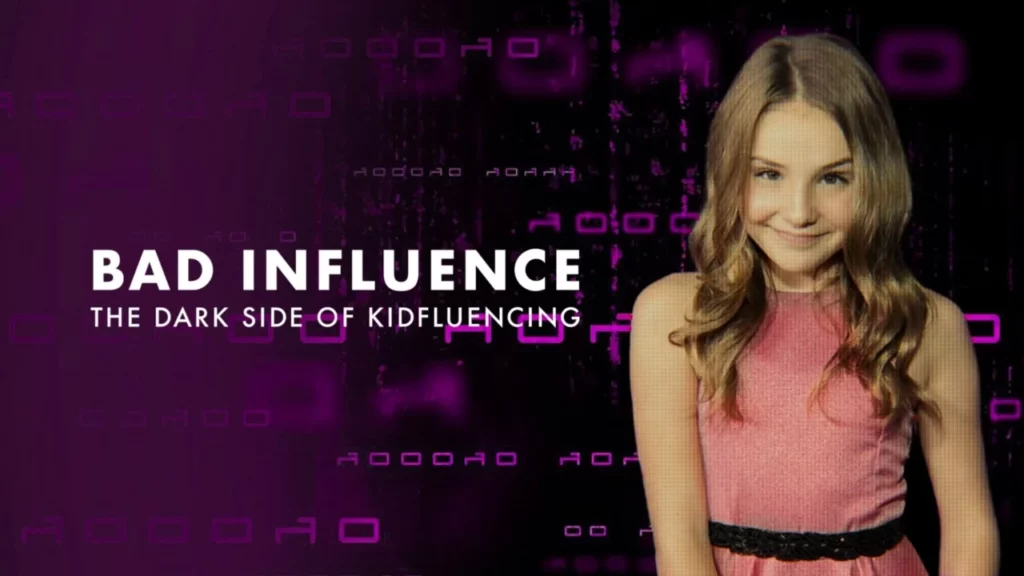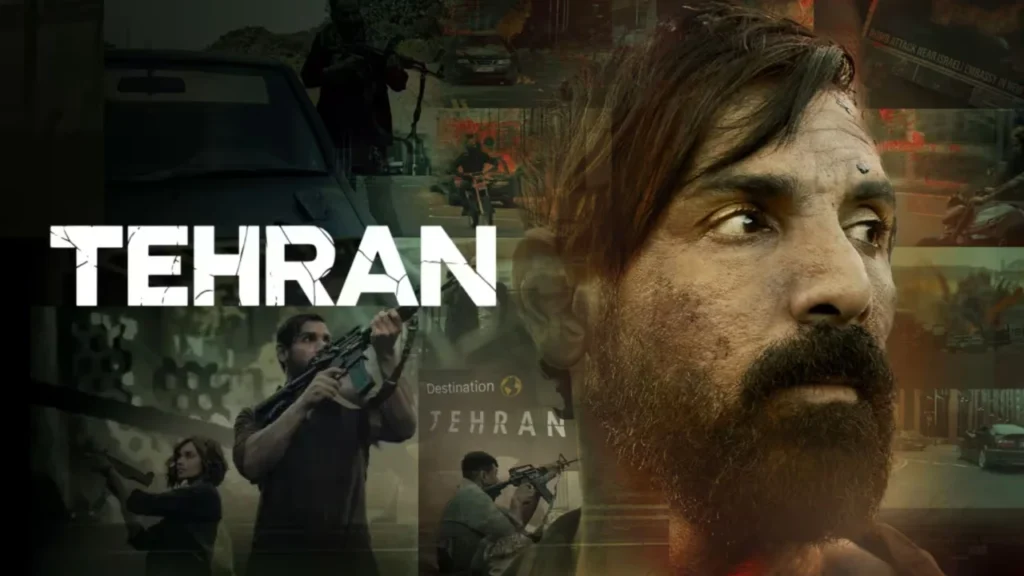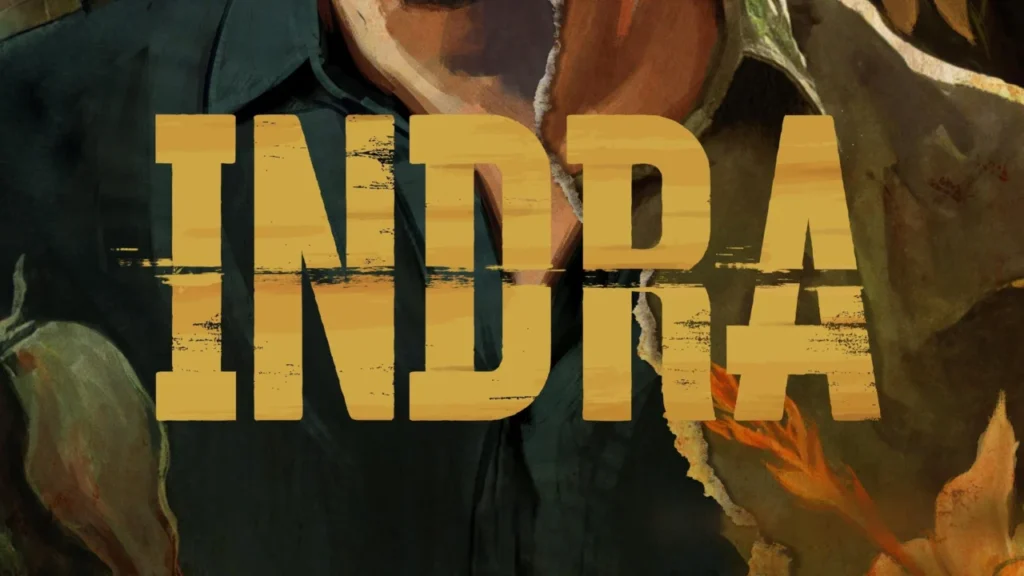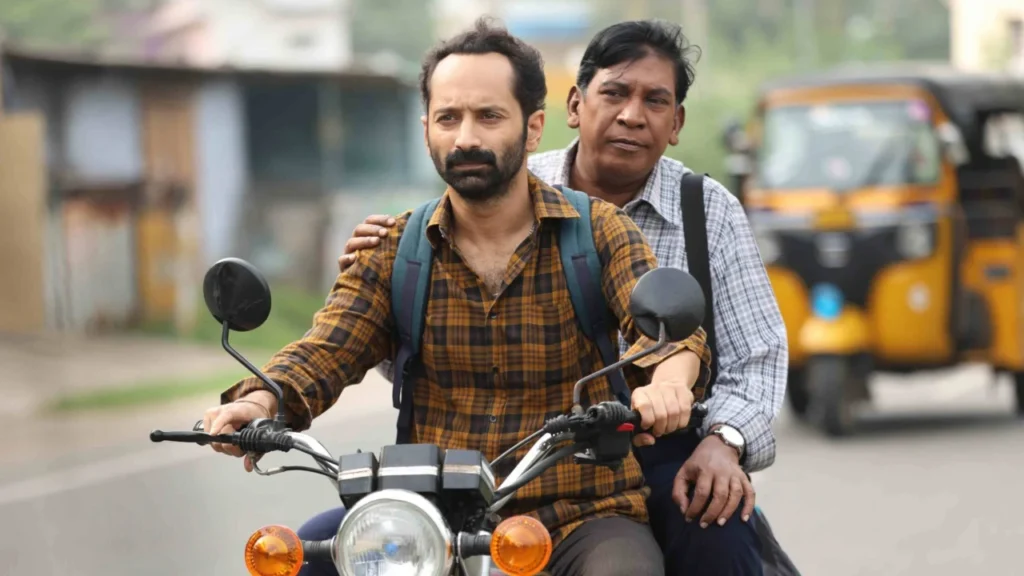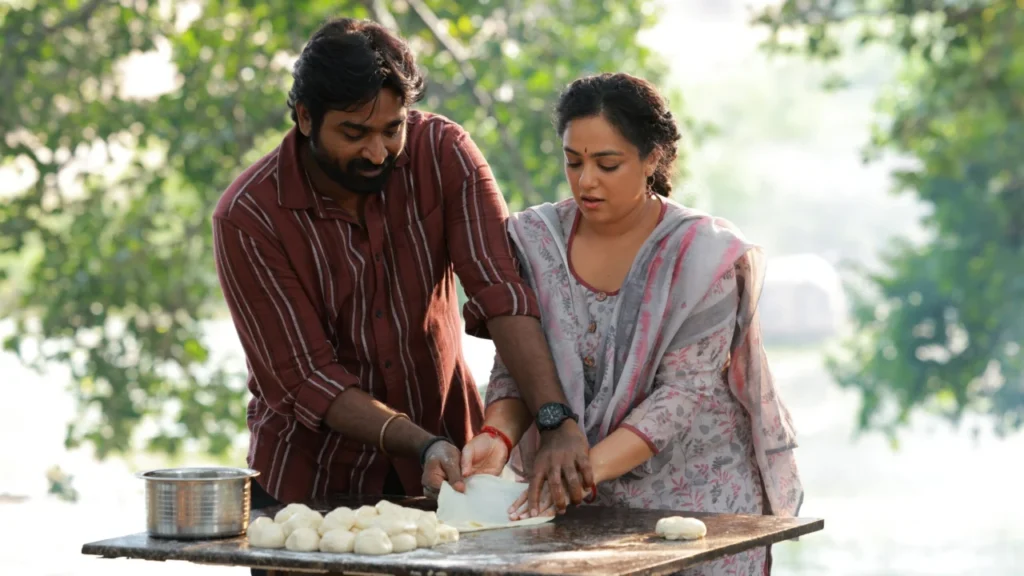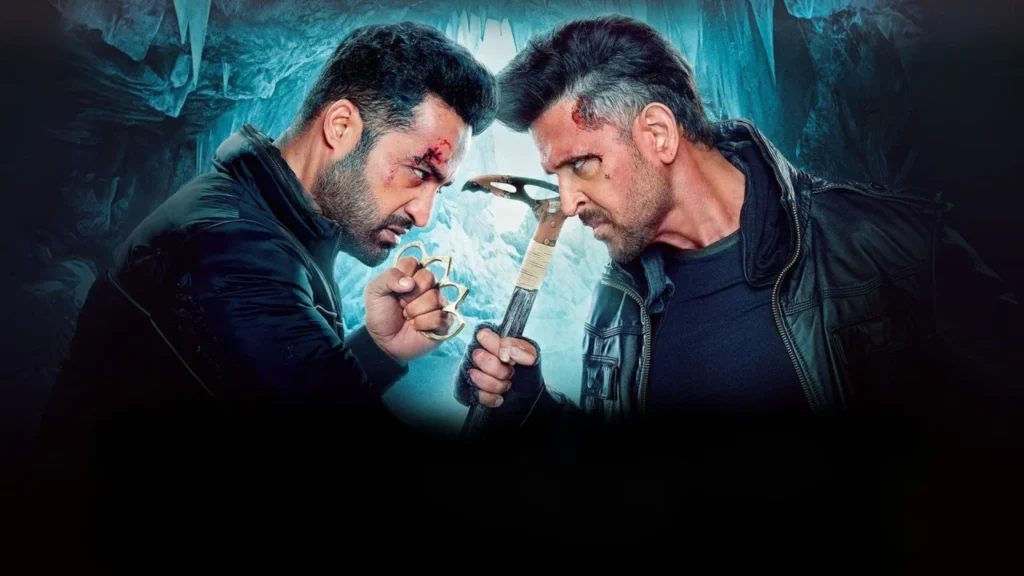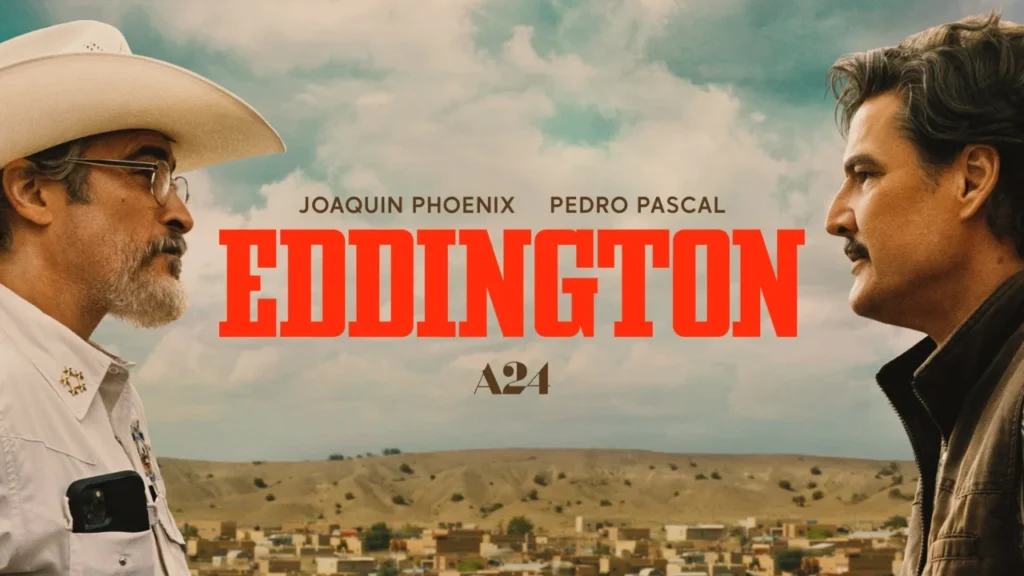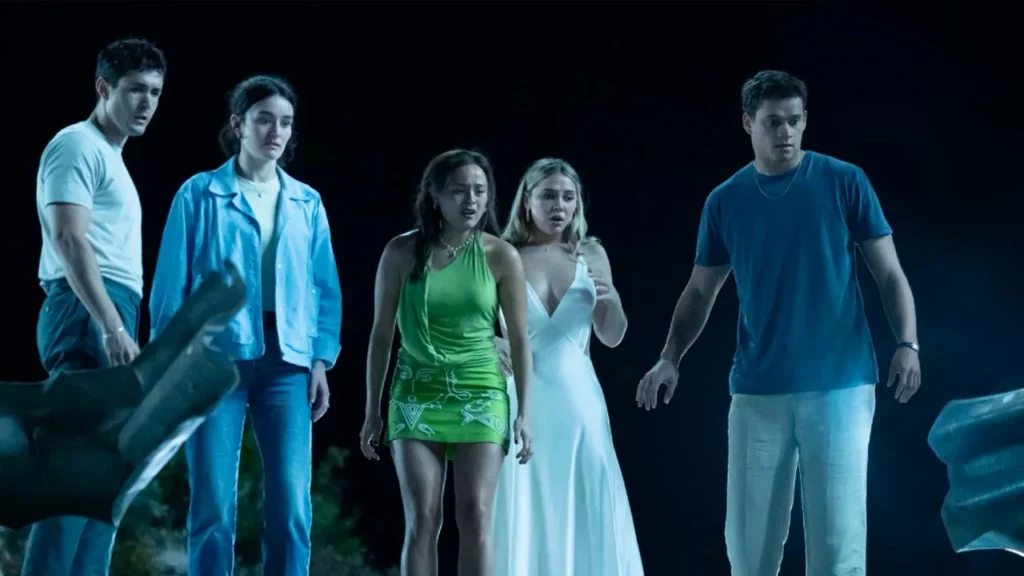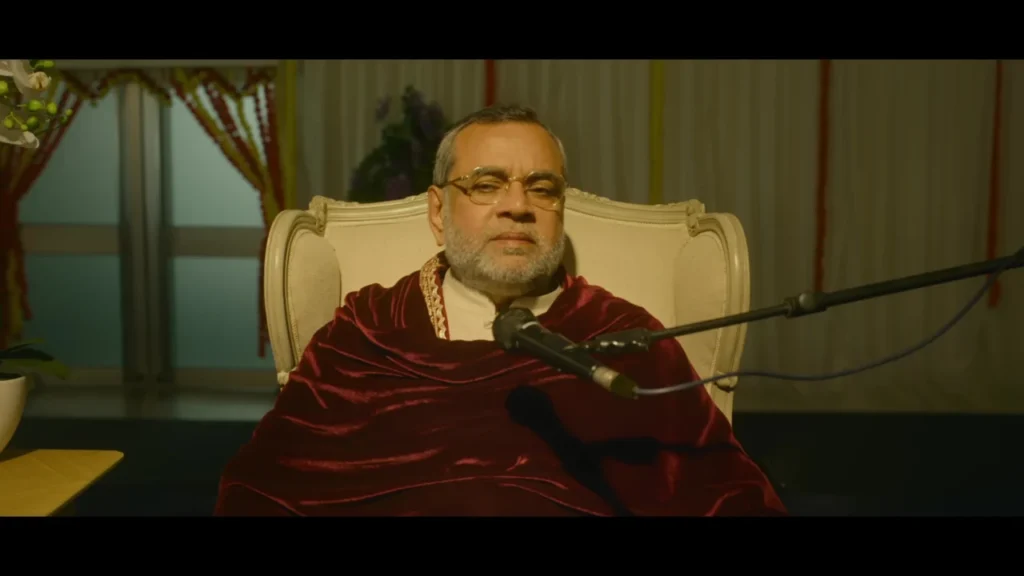
Bad Influence: The Dark Side of Kidfluencing (2025) Web Series NetMirror
Netflix’s latest documentary Bad Influence: The Dark Side of Kidfluencing takes viewers into the murky world of child social media stars. Released this April, the three-part series focuses on teenage YouTube sensation Piper Rockelle and her controversial content group.
Jenna Rosher and Kief Davidson direct this investigation into allegations surrounding Piper’s manager-mother Tiffany Smith. Former team members Sophie Fergi, Claire RockSmith, and others break their silence about troubling experiences. Their accounts paint a disturbing picture of youth exploitation online.

Behind the Camera
The story begins when Piper entered social media at age eight through the Musical.ly platform. Her rise seemed typical of many young internet personalities – fun videos, growing followers, and branded content deals.
But former collaborators describe a different reality behind the polished posts. They detail a system of strict control and emotional manipulation within Piper’s content creation circle.
The documentary methodically presents these accounts across three episodes. Each installment reveals more concerning details about how young creators were allegedly treated. I found the pacing deliberate yet engaging, building a compelling case through personal testimonies.
Archive footage from social platforms provides crucial context. Viewers can see the contrast between public appearances and private experiences described by former team members.

Voices of Change
The young people speaking out demonstrate remarkable bravery in sharing painful memories. Their interviews carry emotional weight without feeling rehearsed or coached by producers.
Directors Rosher and Davidson clearly prioritized creating trust with their subjects. The result feels authentic – these teenagers speak candidly about complex trauma while maintaining their dignity.
Missing voices create some narrative gaps, but the filmmakers handle these absences skillfully. They rely on existing digital content and third-party accounts to maintain story momentum.
Technical aspects remain solid throughout. The cinematography treats sensitive material with appropriate restraint while maintaining visual interest for audiences.
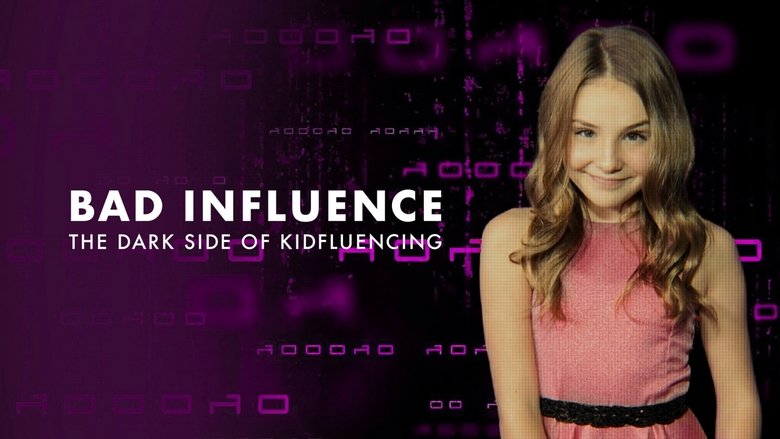
Strengths and Weaknesses
This documentary tackles an important social issue that traditional media often overlooks. The kidfluencer industry operates with minimal oversight, making investigations like this crucial for public awareness.
I appreciate how the series connects individual experiences to broader systemic problems. It raises vital questions about parental exploitation, platform accountability, and legal protections for minor content creators.
The educational value extends beyond entertainment. Parents watching will gain insight into digital dangers their children might face. Young viewers may recognize warning signs in their own experiences.
Some sections drag with repetitive testimonies covering similar ground. Streamlined editing would have improved overall impact. The narrow focus on one case limits broader industry analysis that could strengthen the argument.
Expert voices from child development specialists or legal professionals would add credibility. Their absence weakens the documentary’s authority on complex psychological and legal matters discussed.

Industry Response
Current IMDb ratings sit at 6.5 out of 10, reflecting divided audience opinions. Netflix reports strong viewership with 9.8 million streams placing it atop their English-language documentary charts.
Common Sense Media warns parents about intense content while acknowledging its importance for understanding modern youth culture. The organization emphasizes the series’ value for family discussions about online safety.
Rotten Tomatoes critics offer measured praise, calling it essential viewing for parents despite some storytelling limitations. User reviews span from supportive to skeptical, with many questioning the ethics of documenting youth trauma.
Professional reviewers generally support the documentary’s mission while debating its execution methods. Some worry about re-traumatizing young subjects through public exposure of private pain.
Final Rating: 3.5/5

